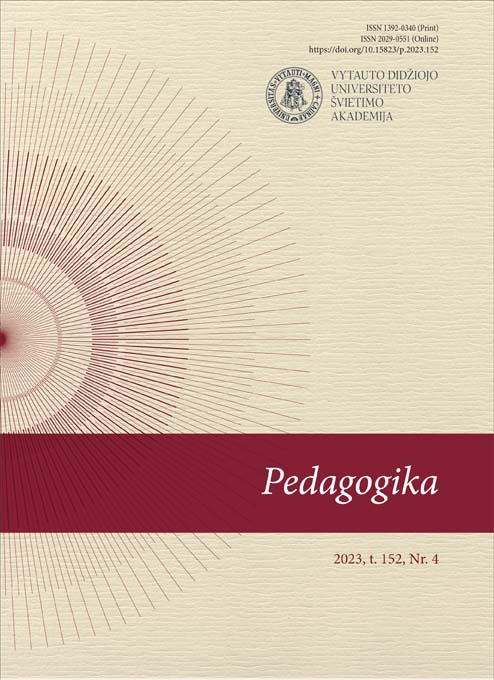Integruotas ugdymas Lietuvos pradinėse mokyklose
Integrated Learning at Primary Schools in Lithuania
Author(s): Ilona Tandzegolskienė-Bielaglovė, Daiva Jakavonytė-Staškuvienė, Lina KaminskienėSubject(s): Education, Pedagogy
Published by: Vytauto Didžiojo Universitetas
Keywords: Iintegrated learning; Educational content; Primary school teachers; Attitudes;
Summary/Abstract: The research on integrated learning in primary grades in Lithuania was based on the curriculum spider web concept proposed by Akker (2003; 2010). In discussing successful experience of integrated curriculum design, development, and implementation, researchers emphasize the balance between the main components of the curriculum: the rationale or vision; goals and objects; content; educational activities; teacher’s role; materials and resources; grouping; place; time; assessment. When evaluating the experience of implementing integrated curriculum at schools, all ten components should be addressed in a coherent way, to understand where the challenges and problems of implementing integrated curriculum exist, as well as to identify the strengths of schools’ practices and to anticipate where changes and improvements are needed. The research aim was to reveal attitudes of primary school teachers towards integrated curriculum and barriers to the implementation of integrated education in primary education. The study shows that a significant number of Lithuanian primary school teachers work in collaborative teams, and that educational practice is associated with the principle of fusion, which is developed at the school level through collaboration between practicing teachers, administrators, and researchers. Such areas as character education, citizenship, cooperation, communication, creativity, critical thinking, and skills are integrated into the curriculum.
Journal: Pedagogika
- Issue Year: 152/2023
- Issue No: 4
- Page Range: 188-212
- Page Count: 25
- Language: Lithuanian

